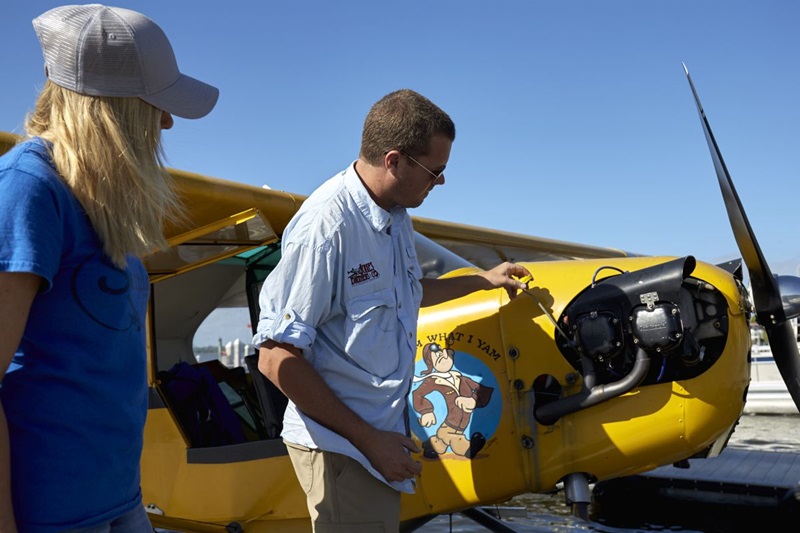Taking the practical test
What to expect from your checkride
Taking the practical test for a pilot certificate or rating is the culmination of your flight training, but it also prepares you to continue learning and gaining experience once you have concluded the training program. A good pilot finds something to learn from with each flight.
When a private pilot applicant nears the end of flight training, having completed the mandated training hours and demonstrated the required knowledge as assessed by the flight instructor whose role it is to recommend the applicant for the practical test, the training focus shifts to preparation for the test. The training must include “3 hours of flight training with an authorized instructor in a single-engine airplane in preparation for the practical test, which must have been performed within the preceding 2 calendar months from the month of the test.”

“Test prep” should also include plenty of ground review of the subjects that will be covered, partly through oral quizzing, on the practical test. The test is administered by a designated pilot examiner—an experienced pilot designated by the FAA to administer practical tests, or “checkrides,” as they are commonly known—when a flight instructor recommends an applicant for the examination.
It’s a good idea to schedule your practical test a few days or weeks ahead to make sure your application and supporting documentation is complete and in order; the aircraft you will use is available; to give you a few chances for some solo and dual practice flights; and to be able to adjust your plans if bad weather forces you to reschedule.
What will the flight test be like?
For a private pilot—airplane applicant, the airman certification standards publication is your road map to the test. It lists every area of operation, and the tasks that they are composed of, for which you should prepare. Knowledge elements are explained in detail and cross-referenced with the related study materials, helping you review. Be prepared to perform weight-and-balance calculations for the flight, and to acquire and discuss weather conditions on test day.
Speaking of test topics, it’s a good idea to be familiar with the appropriate test standards long before checkride day approaches to assure yourself and your instructor that you are routinely meeting the standards as you train. But the main point to remember is that the examiner will conduct the test and evaluate your performance as set out in the ACS, so for the prepared applicant, there should be no real surprises in store. Review this regulation for general procedures for a practical test.
See this page on the FAA website for more information.
Am I really ready?
Many student pilots wonder whether they are ready for this important moment. Keep in mind that it your flight instructor authorizes you to take the practical test, it is a strong vote of confidence and a responsibility instructors take very seriously.
Timing is important
Once you have your instructor’s recommendation to take your practical test, the authorization remains valid for 60 days, but as noted, it is a good idea to get it done while you are fresh from recent ground review and practice flights, and flying at your best.


